Lite-On Technology Corp (光寶科技) expects its core businesses to post annual growth this quarter, primarily driven by accelerated shipments of high-end products related to cloud computing and optoelectronic semiconductors.
The electronic components manufacturer — whose products cover information technology and consumer electronics, cloud computing and artificial intelligence of things (AIoT), and optoelectronics — said sales this quarter would be lower than last quarter, but higher than the same period last year.
For this year, in addition to rising shipments of cloud computing power management systems for artificial intelligence (AI) servers, sales of high-end photocoupler applications in the machine vision, industrial and renewable energy sectors are also projected to grow quarter-on-quarter, Lite-On said in a statement.
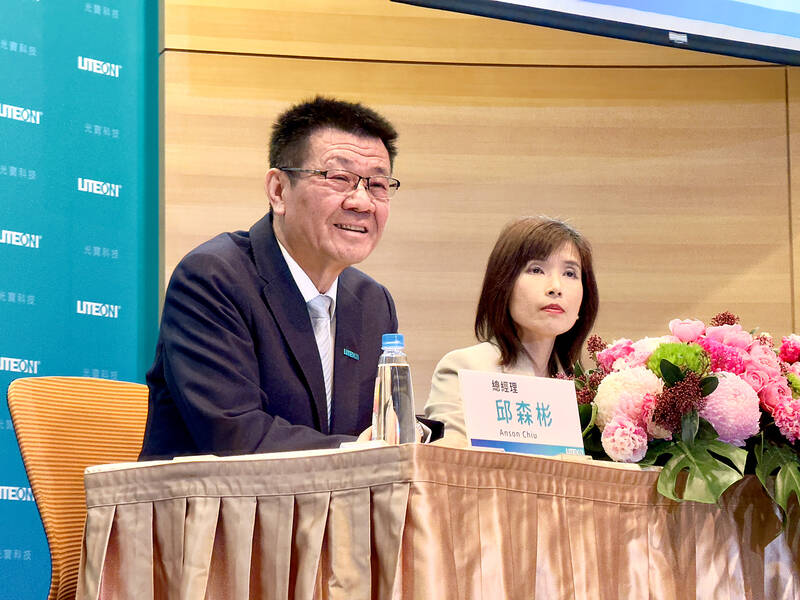
Photo: Fang Wei-chieh, Taipei Times
“Lite-On continues to advance the progress of growth strategy in our core businesses. These core businesses will be the growth engines to drive the company back onto a positive growth trajectory in 2025,” Lite-On president Anson Chiu (邱森彬) said in the statement.
“With the advent of the new generation of AI chips, Lite-On’s cloud server integrated power solutions are expected to create growth momentum,” Chiu said, hinting at increasing shipments of high-end power shelves, battery-backup-unit systems and other advanced system integration solutions.
Contributions from those AI-related power supply products are expected to account for 14 to 15 percent of the company’s sales this year, compared with 7 to 8 percent last year, Chiu said.
As for integrated solutions for liquid cooling and cabinet systems for severs, he said their contribution would be less than 1 percent of its total sales this year, as this new business is still in its preliminary stage, but such products are expected to become an important growth driver in the next two to three years.
Chiu’s remarks came as the company yesterday reported weaker-than-expected earnings per share (EPS) of NT$1.33 for last year’s October-to-December quarter due to slower improvement in both gross margin and operating margin, which fell on an annual basis to 21.3 percent and 9.1 percent respectively in the quarter.
Yuanta Securities Investment Consulting Co (元大投顧) had expected the company to post fourth-quarter EPS of NT$1.6, with gross margin of 22.9 percent and operating margin of 9.26 percent.
Lite-On posted a retreat in annual sales last year, down 7.56 percent to NT$137.12 billion (US$4.18 billion), despite a 3.76 percent increase in the final quarter of the year, at NT$38.3 billion, on the back of more than 20 percent growth in the cloud computing and AIoT business.
With last year’s total EPS coming in at NT$5.1, down from NT$6.36 the previous year, the company’s board of directors approved a plan to distribute a cash dividend of NT$4.5 per share, the company said.
That suggests a payout ratio of 86.31 percent.
In response to the US tariff policy and to comply with global diversification trends, coupled with the robust demand for battery-backup-unit systems, the company would continue to expand its production facilities in Dallas while also providing electric vehicle charging pile-related products, Chiu said.
Capacity expansions at its plants in Kaohsiung and in Quang Ninh Province in northern Vietnam are also proceeding as scheduled, he said.
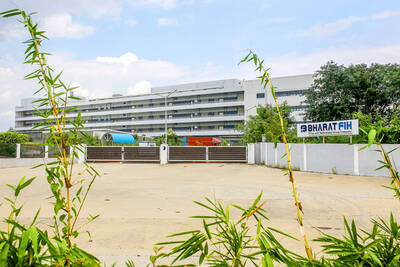
SETBACK: Apple’s India iPhone push has been disrupted after Foxconn recalled hundreds of Chinese engineers, amid Beijing’s attempts to curb tech transfers Apple Inc assembly partner Hon Hai Precision Industry Co (鴻海精密), also known internationally as Foxconn Technology Group (富士康科技集團), has recalled about 300 Chinese engineers from a factory in India, the latest setback for the iPhone maker’s push to rapidly expand in the country. The extraction of Chinese workers from the factory of Yuzhan Technology (India) Private Ltd, a Hon Hai component unit, in southern Tamil Nadu state, is the second such move in a few months. The company has started flying in Taiwanese engineers to replace staff leaving, people familiar with the matter said, asking not to be named, as the
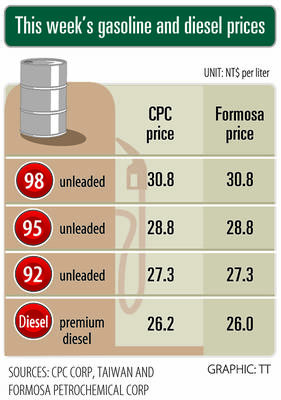
The prices of gasoline and diesel at domestic fuel stations are to rise NT$0.1 and NT$0.4 per liter this week respectively, after international crude oil prices rose last week, CPC Corp, Taiwan (台灣中油) and Formosa Petrochemical Corp (台塑石化) announced yesterday. Effective today, gasoline prices at CPC and Formosa stations are to rise to NT$27.3, NT$28.8 and NT$30.8 per liter for 92, 95 and 98-octane unleaded gasoline respectively, the companies said in separate statements. The price of premium diesel is to rise to NT$26.2 per liter at CPC stations and NT$26 at Formosa pumps, they said. The announcements came after international crude oil prices
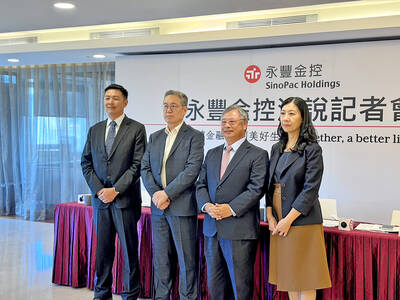
SinoPac Financial Holdings Co (永豐金控) is weighing whether to add a life insurance business to its portfolio, but would tread cautiously after completing three acquisitions in quick succession, president Stanley Chu (朱士廷) said yesterday. “We are carefully considering whether life insurance should play a role in SinoPac’s business map,” Chu told reporters ahead of an earnings conference. “Our priority is to ensure the success of the deals we have already made, even though we are tracking some possible targets.” Local media have reported that Mercuries Life Insurance Co (三商美邦人壽), which is seeking buyers amid financial strains, has invited three financial
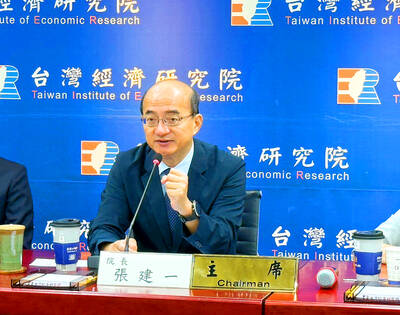
CAUTION: Right now, artificial intelligence runs on faith, not productivity and eventually, the risk of a bubble will emerge,’ TIER economist Gordon Sun said Taiwanese manufacturers turned more optimistic last month, ending a five-month streak of declining sentiment as concerns over US tariffs, currency volatility and China’s overcapacity began to ease, the Taiwan Institute of Economic Research (TIER) said yesterday. The manufacturing business confidence index rose 1.17 points from June to 86.8, its first rebound since February. TIER economist Gordon Sun (孫明德) attributed the uptick to fading trade uncertainties, a steadier New Taiwan dollar and reduced competitive pressure from Chinese producers. Taiwan’s semiconductor industry is unlikely to face significant damage from Washington’s ongoing probe into semiconductors, given the US’ reliance on Taiwanese chips to power artificial